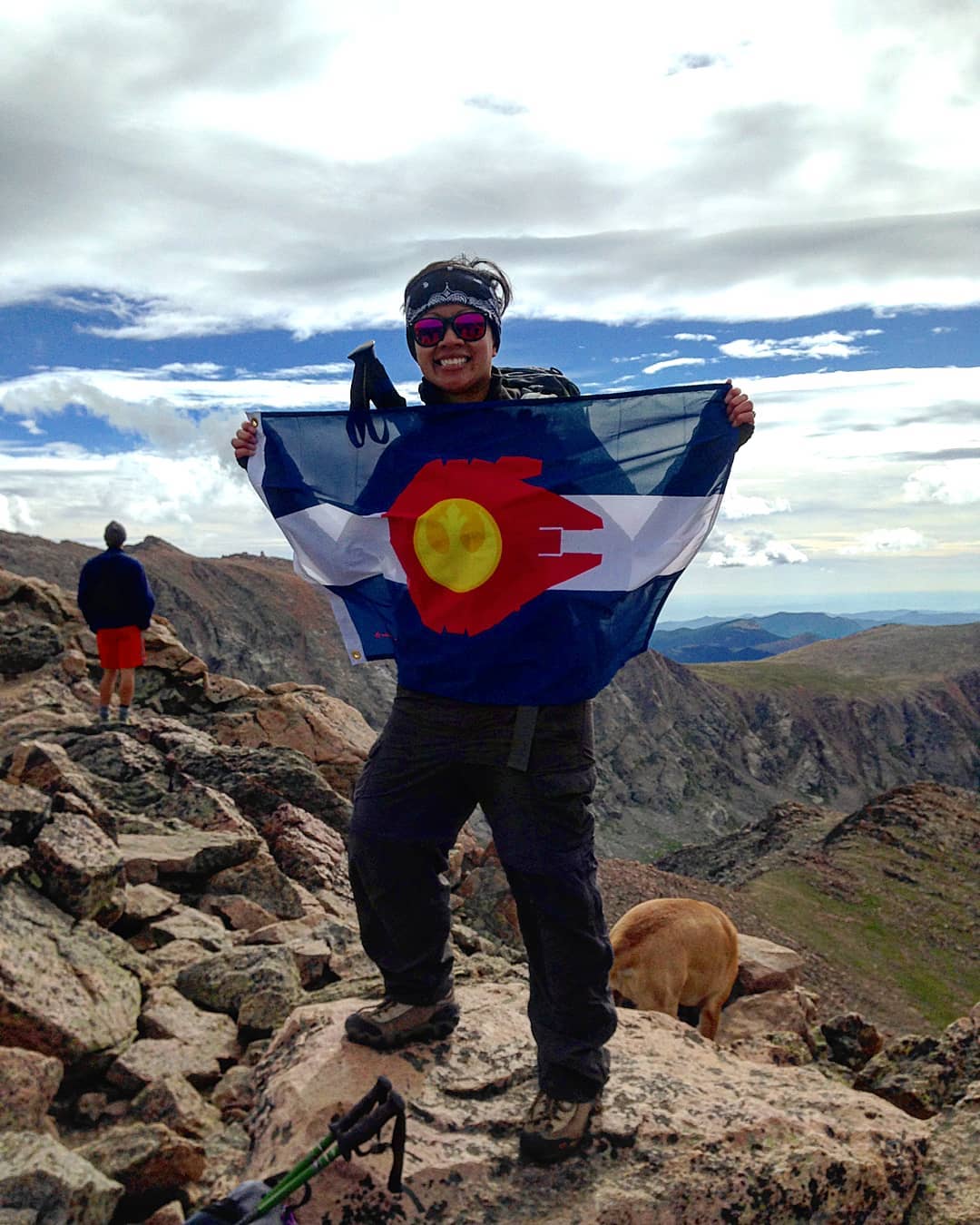How Can High Altitude Effect You?
Believe it or not, altitude sickness is very common.
At high altitude, everyone is affected to some degree. The effects vary among individuals and vary widely.
The main difference between high altitude and sea level is decreased oxygen density and decreased humidity or moisture content in the ambient air.
A sudden change from sea level to high altitude can produce the common symptoms of nausea, headache, insomnia, diarrhea, restlessness, nosebleed, shortness of breath, and “air-hunger.”
Some people experience palpitations or fast heart, nasal congestion, coughing, increased gassiness, fatigue beyond normal expectations, and intolerance to any exertion.
If high altitude symptoms progress, more shortness of breath and increased coughing and pulmonary edema (fluid accumulating in the lungs) may occur requiring medical attention and possibly hospitalization.
How Can You Adapt to High Altitude?
Initial symptoms of altitude sickness should disappear as your body adjusts to the lowered oxygen content and dryness.
This may take anywhere from a few days to a few weeks depending on what you eat, drink, and do. Aside from the amount of fluids you need to drink, moderation is key to coping with altitude.
Eat lightly and avoid alcohol and caffeine for the first 48 to 72 hours. Drink plenty of water, flavored water, and green teas.
Avoid drinking too much soda or juice and steer clear of energy drinks and electrolyte based drinks. Also, steaming up your hotel room by running the shower before you go to sleep may aid in easier breathing.
Keep physical exertion to an absolute minimum the first day. Don’t over-exert your body before it can adapt to the lower oxygen and dryness, which can result in more severe and persistent symptoms. Take a nap when sleepy and get a good night’s sleep after activity.
Remember These Altitude Tips
Over 35 and planning strenuous exercise in high altitude? Have a history of heart circulatory, lung disease, respiratory infections, pneumonia, or pregnant? Please seek advice from your doctor prior to traveling.
Infants are extremely susceptible to altitude sickness, as are pets, and it is recommended that children under 3 years old, pets, and women in their third trimester do not go above 10,000’.


Clear Creek County is the gateway to the Rocky Mountains. Located just west of Denver along Interstate 70, Clear Creek has 396 square miles of public lands to explore, as well as four mountain peaks above 14,000 feet. Clear Creek is comprised of charming mountains towns Idaho Springs, Downieville, Lawson, Empire, Georgetown, and Silver Plume, which are all along the I-70 corridor. Learn more about Clear Creek County here.